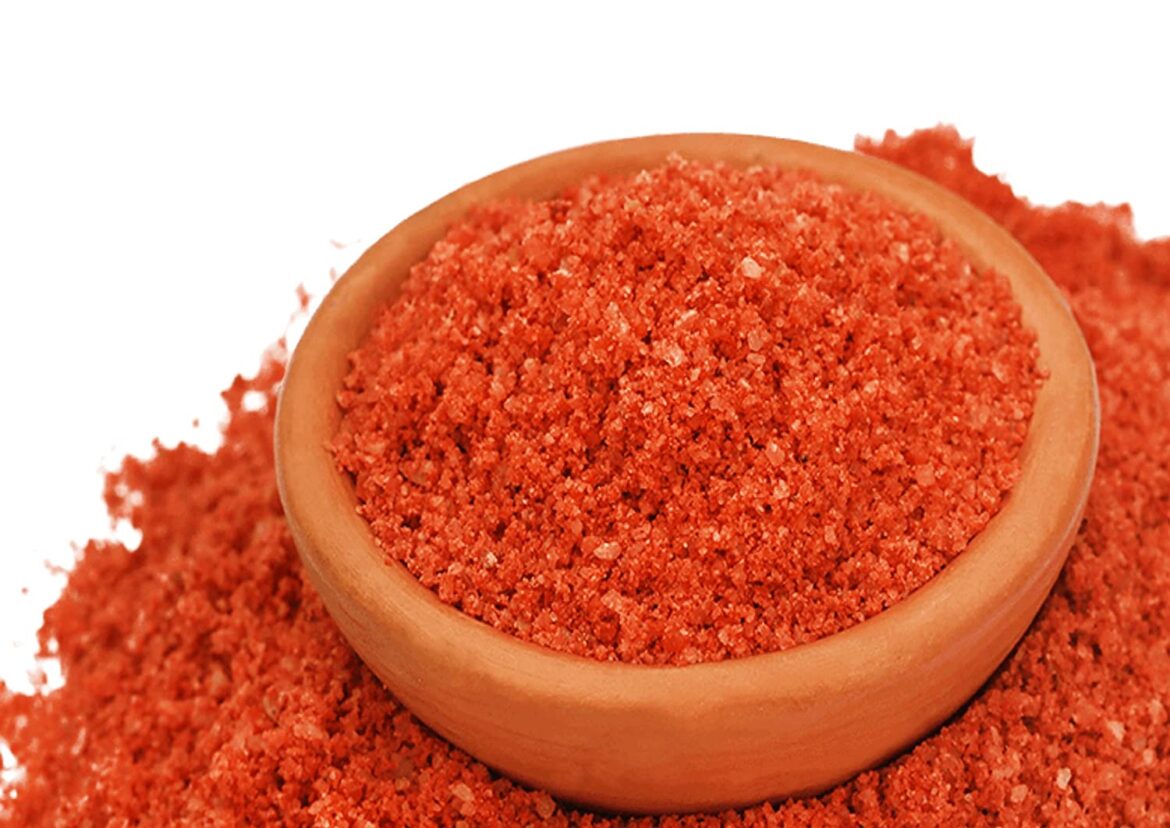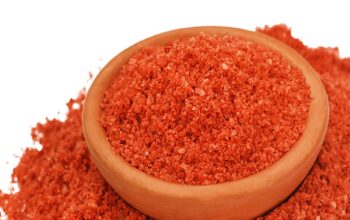Puneet Parikh (New Delhi, India)
This report broadly analyzes the global potash fertilizer market to shed light on critical aspects such as the market dynamics, competitive strategies, and regional / leading company analysis. Although COVID-19 pandemic and coincidental calamities may indicate a grim future for the global fertilizer market over 2021, in reality, market fundamentals remain surprisingly strong and beneficial outcomes may be in the offing.
The global potash market was characterized by limited supply capacity additions in 2020, but new capacity added in 2021 could result in an unbalanced market. How the market deals with this and some other challenges in the short term will shape the nutrient’s outlook. The short-term outlook for the potash market appears to be somewhat unbalanced with possibly more supply additions than demand growth in the short term. Last year’s demand for global potash fertilizer stood at around 66 million metric tons (mmt) for consumption, while this is projected to rise to about 68 mmt this year, when the capacity additions could even push the market into a surplus state. This new supply entering the market will force producers to stick to some level of discipline so as to keep the market in a delicate balance in the short term. Some producers may have to delay their ramp-up of production to avoid an unbalanced market. Regardless, major capacity additions in Russia, Belarus and Canada will lead the way with expansion in the near term.
The muriate of potash (MOP) prices were on a downward trajectory until early 2020 due to market over-supply and the unrealized effects of anticipated production curtailments at the end of 2019. The delay in agreeing a new Chinese potash contract combined with record stock build-ups at some ports in China resulted in some bearishness on the potash spot markets. A baseline for MOP was established in April 2020, when a consortium of Chinese buyers contracted with Belarus’s BPC at US$220/t, a US$70 reduction from the previous level. This MOP supply contract with China has meant greater certainty of a potash market recovery. As for Polyhalite – an evaporitic sedimentary deposit that can be converted into sulfate of potash-magnesia (SOPM) fertilizer – this market is relatively small, around 2.5 million tpy. Proponents of SOPM note that the mix also delivers sulfur, calcium and low chloride products to the soil.
In the United States, after poor weather struck the Midwest growing region in the spring of 2019, significantly limiting potash applications, a better 2020 planting season in North America helped to reduce stockpiles. Mosaic, the largest US producer of potash and phosphate fertilizer, reported higher potash volumes sold in 1H20, supported by spring planting weather returning to normal pattern. Potash sales by the Swiss-headquartered Eurochem grew from 389 million t in 1H19 to 1 MMT in 1H20 due to the ramp-up of the Usolskiey Potash Project in Russia and strong demand. The company hoped to reach its nameplate capacity of 2.3 million tpy by late 2020. Completion of the Saskatchewan-located Milestone Phase I project was delayed by Western Resources Corp. by 6 month due to the COVID-19 pandemic. BHP’s Jansen Stage 1 potash project, also located in Saskatchewan, is now over 80% complete. COVID-related delays prompted the company to postpone a final investment decision until mid-2021 – if it gets the green light, the first phase would produce 4 million tpy of potash for export to Asia, with the second phase projected to double the output to 8 million tpy. Meanwhile, construction of Anglo American’s Woodsmith polyhalite mine continues beneath the UK’s North York Moors National Park. The project, which was purchased from original developer Sirius Minerals, is designed to lift up to 10 million tpy from a 2.8 billion t deposit located 1500 m underground.
The risks posed by COVID-19 pandemic are expected to linger for the foreseeable future and this will have a mixed impact on the potash fertilizer sector. COVID-19 has exerted a significant impact on the global economy, agriculture and food security, which has in turn affected agricultural inputs, including fertilizer and its supply chains. Although reduced usage in 2019 left high levels of potash fertilizer on-hand, major manufacturers took significant steps to ensure the safety of their workers and customers while maintaining a continuous flow of product to market. Meanwhile, China is seeing strains to its food supply, due to flooding, Coronavirus-related disruptions and drought in key growing regions. Also the trade war between China and the US has had a mixed impact on the agricultural sector. While recent Chinese purchases of American corn and soya beans, agreed in the trade deal between both countries in January 2020, show promise to bolster its dwindling supplies, analysts debate whether the trade goals will be met. Another factor, which may continue to shape potash fertilizer prices, is the US$2 trillion emergency aid package passed by the Congress in March 2020 to deal with the blow struck to the American economy by COVID-19. The US Department of Agriculture also established a Coronavirus Food Assistance Program (CFAP) to provide assistance to agricultural producers impacted by the effects of the COVID-19 outbreak.
Experts predict a healthy 2021 due to strong underlying fundamentals, as growers are experiencing good returns due to affordable inputs and favorable weather. Inventories have been drawn down while Brazil and India are experiencing strong y/y crop growth. The US corn market is expected to recover as ethanol demand increases and China purchases continue. Throughout 2021, potash fertilizer market is expected to benefit from several global megatrends: rising population, changing diets and the need for the sustainable intensification of agriculture, all of which is predicted to result in demand growth of 1.5-2 million tpy (2-3% annually) through the decade. This would absorb excess current capacity in the industry, with the window for new supply opening in the late 2020s. However, on the flip side, there is also a degree of uncertainty due to possible drought, hurricanes and derechos (deadly wind storms) in Northern America. Still, the International Grains Council forecast that global grain production would reach an all-time high of 2.23 billion t in 2020-2021. Overall, the fundamentals governing the potash fertilizer industry remain strong, and bode well for a promising decade ahead, though fertilizer companies should always brace for some headwinds.




